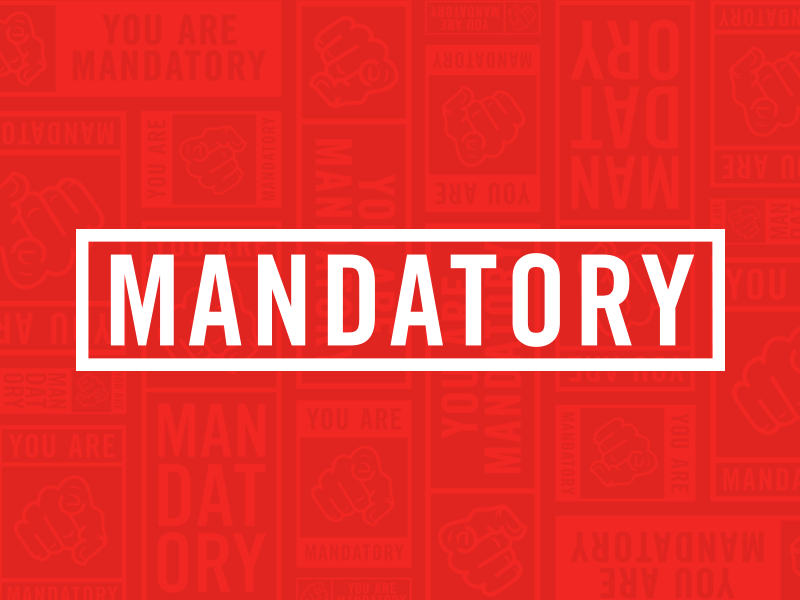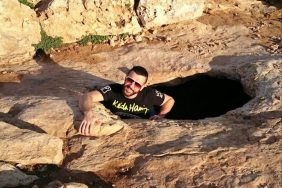In the mid-1990s, the Cali cartel finally broke infamous drug lord Pablo Escobar’s stranglehold on Colombia’s vibrant cocaine trade to reign over a $7-billion illegal industry — until one man brought the entire operation down.

Facing impossible choices in his homeland, Jorge Salcedo, a mild-mannered former Cali cartel security expert, found salvation by becoming a key informant for the Drug Enforcement Administration. Fueled largely by Salcedo’s insider testimony, Cali crumbled. More than a decade later, the cartel’s shocking downfall remains the single biggest victory in the United States’ war on international drug trafficking.
Salcedo’s story is told in riveting detail in “At the Devil’s Table,” a true-crime page-turner written by investigative journalist William C. Rempel. We spoke with Rempel to learn more about the fascinating story, which includes smuggling drugs, gutting corpses and, of course, fornicating hippos.
While working for the Cali cartel, Jorge Salcedo was surrounded by violence. For example, the chapter of your book titled “Get Me a Fork” refers to an intimidation technique involving eyeballs. Just how ruthless were Cali enforcers?
The Cali cartel liked to make the case that they were not as violent as, say, Pablo Escobar’s Medellin cartel. They were every bit as violent, in my experience; it’s just that Pablo Escobar was a terrorist. Escobar wanted his violence to be seen and to shock the public because he was using violence to further a political agenda, and to establish that he was one mean guy that you don’t screw around with. But in the case of the Cali people, they considered violence a political handicap. They certainly conducted murder, and they extracted revenge in a very graphically violent way. But they kept it under the surface. They disposed of the bodies by putting them in the river, you know? That’s where the disembowelling came in.
Disembowelling?
Yeah. What happens is that a body in the water will bloat and rise to the surface, and they wanted these bodies not to do that. So they’d slit the abdomen and cut it wide open and wrap the body up. The bodies sank and never came up. It’s one of those things you wouldn’t think about unless you were a professional killer.
Gruesome. Did cement boots go out of style or something?
Well, that doesn’t work if you’re the Cali cartel. You don’t want to dam up the place. You want the bodies to go as far downriver as possible.
Good point. Salcedo spent seven years working security for the cartel, but isn’t a particularly violent man himself. How did he justify the killing?
For the most part, he did not see the violence. But he heard about it. He was able, at least at the beginning, to sort of ignore it, to compartmentalize it and say “Well, I’m not involved with that part of the business.” And it wasn’t until he was confronted with an order to assist in the murder of the cartel’s accountant that he realized he had to do something. He couldn’t ignore it anymore. He was either going to have to kill or run, and you can’t run from the Cali cartel. So he had to bring it down.
After his testimony was used to convict the Cali crimelords, Salcedo had to enter the Federal Witness Protection Program here in the U.S. Given your unique access, did you ever worry that someone out for revenge might come looking for you in order to track down Salcedo?
Being here in the States, that wasn’t a serious concern. And of course, I don’t know how to reach him except through indirect ways, and he decides when he’s going to get back to me. The fact that I never knew where he was and don’t to this day know where he is means I can’t help anybody find him, even his most rabid enemies. Certainly not in a quick sense, at any rate. I have ways to send up a notice that says, “Please get back to me,” but it can be a week or two before I hear back.
Is it sort of like the missed-connections section of Craigslist?
Without going into how I do it, I describe it as a modern way of putting the potted plant out on the balcony — the Deep Throat thing, for those who remember Watergate. We have a method, but it’s not instant by any means. When we first started the project, I didn’t even have a way, short of calling the U.S. Marshal Service, to let him know I was waiting. He would disappear for literally months without checking in with me, so I was in mid-interview for the better part of 10 years, which was a huge frustration. I knew how extraordinary the story was and yet I couldn’t in an orderly fashion conduct the interviews, because he would call me when I wasn’t expecting it and then not call again for two months.
If you had to guess, where do you think he lives?
I couldn’t do it, and I wouldn’t do it. I can’t even pin it down to a time zone because that fluctuates so much in our conversations. I can probably rule out the West. I’m sure he does not live in my neighborhood. So it’s somewhere east of Los Angeles. He flew out here once from where he was and it was a lengthy flight. That’s all I know. He had to change planes.
DEA agents gave him the nickname Sean due to his resemblance to Sean Connery. Does he really look like the legendary Scottish actor?
Well, keep in mind that they met him in ’95, so it’s almost 20 years ago. He was a man in his late 40s at the time and he was bearded. So if you look at Sean Connery in “The Hunt for Red October,” you see the look.
Awesome. Did he give you any insight into how Cali smuggled drugs into the United States?
The Cali cartel was a pioneer of the multi-ton load. They used disposable jet liners. They would buy a used 727 or Caravelle. You could buy one for a million dollars or a little less in the used-plane market. They’d buy it with cash and link it to a phony person or company, and fly a multi-ton load of cocaine into Mexico or even the U.S. and then dump it and walk away from the plane.

How has Colombian drug-running changed in the years since Pablo Escobar’s Medellin cartel and the Cali cartel were brought down?
Those cartels were so big. To distinguish the Cali and the Medellin cartels from everything that exists today in Colombia, the biggest difference is just your size and vertical integration. The Cali cartel controlled everything. There was no outsourcing. From harvesting the coca to delivering it on the streets of New York, those were all Cali employees all the way from the processing to the warehousing to the transportation to the distribution to the sale at street level. It was all a Cali-controlled enterprise. You can compare it to GM or IBM or something. It was a $7-billion-a-year enterprise, which made them capable of buying a country, which is what they did in Colombia. Now you don’t have that kind of concentration of power or the vertical integration. It’s a scattering of smaller gangs. As a cumulative group, they’re still moving cocaine on a large scale, but the power isn’t concentrated in a single organization like it was with the cartels. You still have violence. You still have intimidation. You still have bribery on some level. But you don’t have the wealth, at least not approaching the level it was with the Cali and Medellin cartels, where they were allowed to essentially buy off democracy.
Ironically, Colombian tour operators now offer trips to sites that gained notoriety from the war on drugs, such as Pablo Escobar’s estate. Would you like to go on those trips?
I would, of course. All of the places that I’ve imagined in my mind and had described to me in detail by Jorge and others, I’d love to see them in person. I think the fact that they exist says something about the myth-making involving criminals that is a little discomforting, but it’s nonetheless understandable.
Escobar famously owned hippopotamuses. Any idea what happened to them?
Yeah, the hippos are still there and procreating like crazy. They have more hippos than they can deal with, apparently. They’re up to their hips in hippos.






